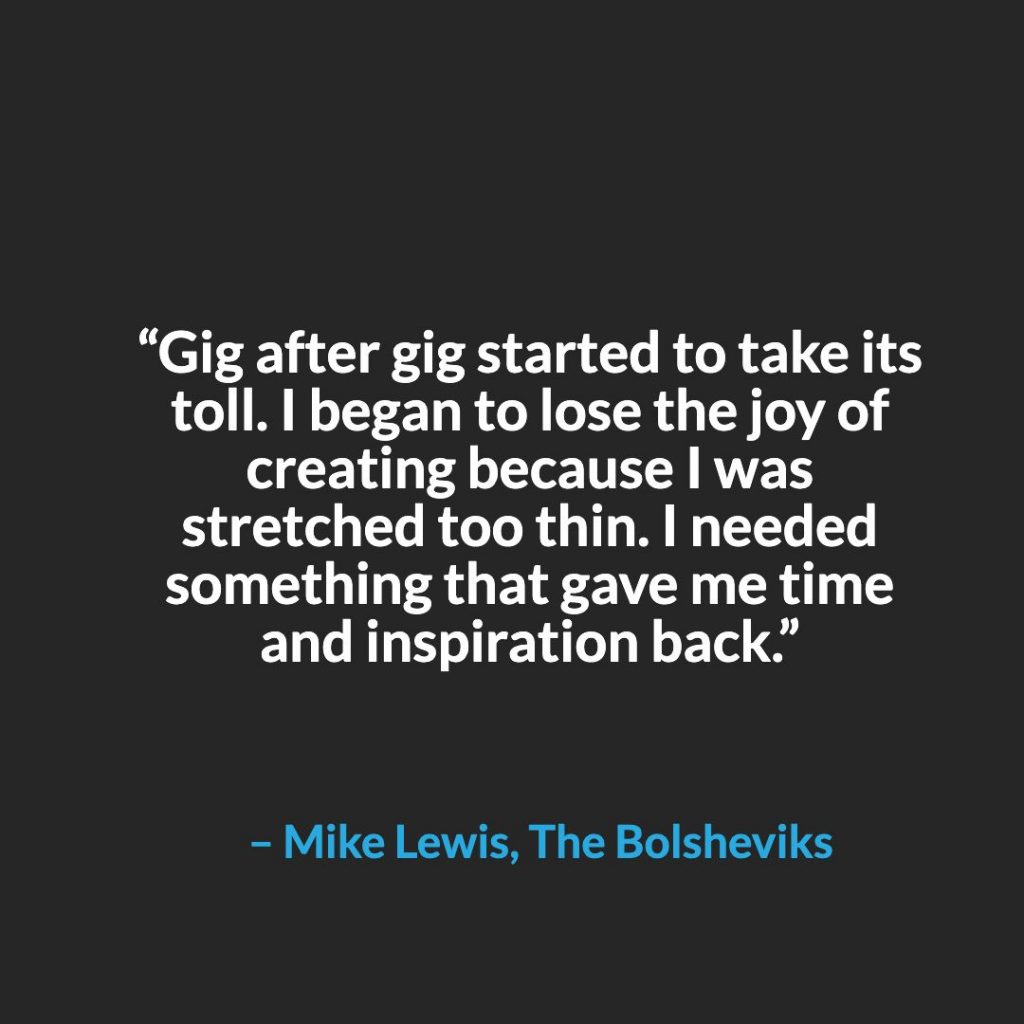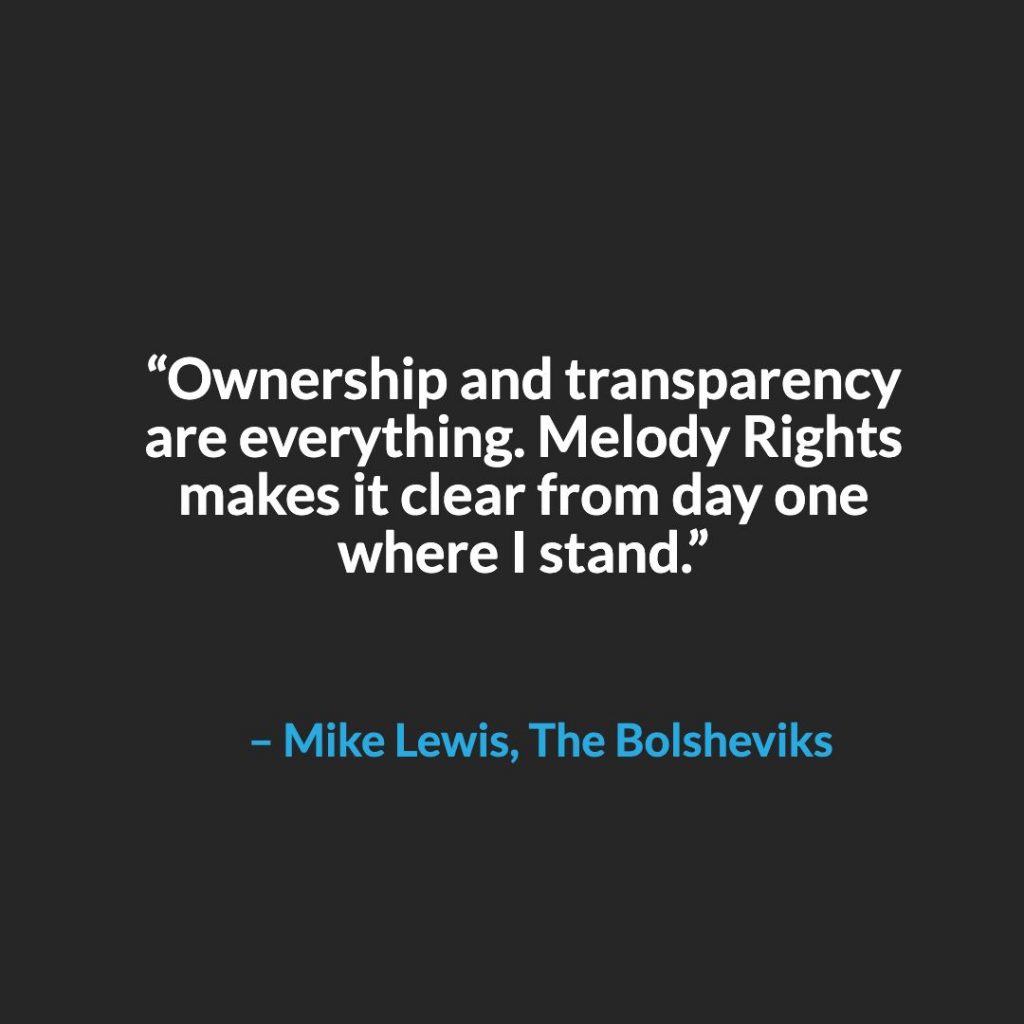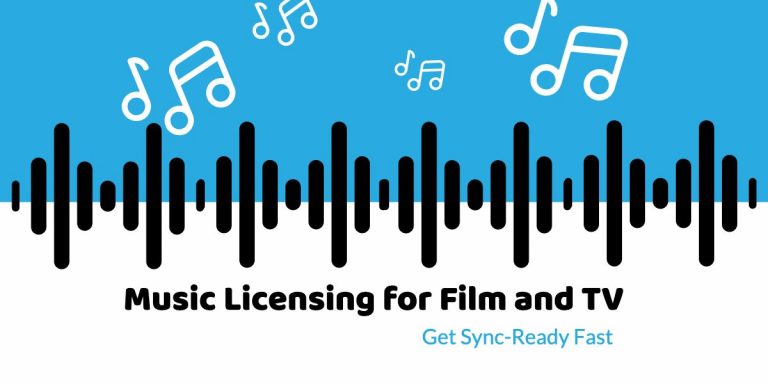Table of Contents
ToggleWhat Independent Music Distribution Companies Offer Artists
Quick Answer/ TL;DR:
What are independent music distribution companies?
Independent music distribution companies help DIY artists release music and manage their rights across multiple platforms. Melody Rights focuses on the part most artists struggle with (transparent royalty tracking, sync licensing, and ownership management) all in one place.
A Clearer Way to Release Music as a DIY Artist
Independent music distribution companies help artists get their music heard and ensure royalties are collected. Some handle direct streaming uploads, while others, like Melody Rights, focus on managing rights, royalties, and sync opportunities across multiple income streams.
The best ones do more than that.
They help musicians protect ownership, understand where their income comes from, and stay in control of their catalog.
Melody Rights stands out among the best music distribution services for DIY musicians who want clarity instead of confusion.
That difference was clear to UK DIY artist Mike Lewis of The Bolsheviks when he joined the platform, which was built for transparency as much as for distribution.
When Music Feels More Like Admin Than Art
Most distributors promise “easy uploads” and “full control.” But for many musicians, it’s not that simple. Hidden fees show up. Royalties don’t match the reports. Emails go unanswered.
For Mike, that grind started to crush his creativity. Gigs were constant, and admin was eating every spare minute.
“I was spending more time managing emails than making music. Melody Rights gave me that time back.” – Mike Lewis
Music had become a spreadsheet. He wanted to get back to what mattered: creating and connecting. That moment sparked a search for a better way to release his music, one that would simplify everything without taking control away.
The Reality of Going It Alone
Mike had been releasing independently for years, using multiple platforms to get his tracks on Spotify and Apple Music. But behind the scenes, it was chaos.
“Before joining Melody Rights, my distribution was getting pretty messy,” he said. “I needed something more straightforward so I could focus on the music instead of juggling endless emails and passwords.”
He wasn’t alone, countless artists face the same problem.
Too many logins, too many dashboards, and no single place to track royalties.
He wasn’t imagining it either. A 2024 MIDiA Research report described the independent distribution world as “increasingly fragmented,” with more platforms competing for artists’ attention than ever before. For DIY musicians, that overload makes it harder to stay organised and even harder to know who’s really collecting their money.
Like many DIY musicians, Mike realised that independence came with admin. What started as freedom slowly turned into full-time logistics.
When Burnout Replaces Creativity

The DIY lifestyle sounds romantic, but the reality can wear you down.
“Gig after gig started to take its toll,” Mike said. “I began to lose the joy of creating because I was stretched too thin. I needed something that gave me time and inspiration back.”
He started researching music distribution for independent artists and quickly realised how fragmented the landscape had become. After weeks of digging through options, one name kept coming up.
Discovering Melody Rights
“After hours of research, I kept coming back to Melody Rights,” Mike said. “Everything else seemed complicated and hard work. This felt clean and built for artists like me.”
He joined and noticed the difference right away.
“The signup process was quick and simple,” he said. “Uploading my tracks was flawless. The whole thing just worked.”
“Ownership and transparency are everything. Melody Rights makes it clear from day one where I stand.” – Mike Lewis
Once he joined, Mike finally saw how distribution could work without the noise. But the real difference came from understanding what was happening behind the scenes – the royalties.
Why Transparency in Royalties Matters More Than Speed
Many distributors focus on fast uploads. Few focus on clear royalty reporting.
Mike isn’t the only one who’s struggled to see where his money goes. The Mechanical Licensing Collective reported in 2024 that almost four hundred million dollars in historical royalties still haven’t reached the right songwriters. That’s money sitting in limbo, waiting for artists who might not even know it exists. For Mike, transparency isn’t a buzzword. It’s a way of protecting his work.
If you’re still unsure how different royalty types work, here’s a clear breakdown of master royalties versus publishing rights.
Melody Rights was built for artists who want to see how money flows, where royalties come from, and who owns what. That clarity is what Mike values most.
Founder Bobby Cole knows this frustration well.
“Artists like Mike remind us why Melody Rights exists,” Bobby said. “It’s about giving back time, trust, and control. When musicians can actually see what’s happening with their royalties, they start to enjoy the business side again.”
Melody Rights doesn’t just distribute your music – it helps you understand it.
To make sure your music is properly registered across platforms, read our guide on how to register your music properly.

How Melody Rights Works Alongside Other Independent Music Distribution Companies
Melody Rights works alongside major distribution platforms like DistroKid, CD Baby, and TuneCore. Instead of focusing only on streaming uploads, it helps artists manage their rights, royalties, and sync opportunities across every income stream. Where others emphasize automation and volume, Melody Rights focuses on transparency, creative control, and human support.
https://melodyrights.com/what-is-a-synchronization-license
Many independent artists start out searching for free music distribution to save money. It feels like the simplest way to get music on streaming platforms, especially when you’re just starting out. The problem is that “free” often comes with trade-offs. Some platforms delay payments, take a hidden cut, or limit what you can release. Melody Rights was built for artists who care about keeping ownership and knowing exactly how their royalties are handled from day one.
| Feature | Typical Distributor | Melody Rights |
|---|---|---|
| Uploads to DSPs | Yes | Works alongside your current DSP |
| Transparent Royalty Tracking | No | Yes |
| Sync Licensing Opportunities | No | Yes |
| Ownership Retained | Partial | Artist-Owned (varies by plan) |
| Artist Support | Limited | Direct and Human |
“I have complete freedom now in what I want to do. If it pays off, all well and good, but I’m creating on my own terms.” – Mike Lewis
Melody Rights was built for artists who care about keeping ownership and knowing exactly how their royalties are handled.
Checklist: What to Look for in a Distribution Partner
If you’re searching for the right fit, here’s what to check before you sign up.
✓ Clear royalty statements
✓ Full ownership of your masters
✓ Transparent income tracking
✓ Human support when you need it
✓ Sync and publishing options
Most independent music distribution companies promise ease. Melody Rights delivers understanding.
Every DIY musician’s path is different, but the signs of a good partner are always the same: clarity, honesty, and real support.
Lessons for DIY Artists from Mike Lewis
Mike’s advice is simple: take your time and find a partner that actually respects your work.
“Do your research,” he said. “It’s important. Like me, you’ll probably end up back with Melody Rights. Signing up is a breeze.”
His next chapter is already in motion.
“My goal this year is to make great music and get it out there,” he said. “Melody Rights gives me the structure to do that.”
Ready to Take Control of Your Career?
If you’re comparing independent music distribution companies, ask yourself:
- Who owns my masters once my music goes live?
- How will I see every royalty payment?
- Who can I talk to when something doesn’t add up?
Melody Rights answers all three. It’s a rights-first platform that gives artists visibility, support, and independence without the confusion.
Start your next release with confidence.
Start your next release with confidence. Join Melody Rights and see how transparent music rights management and royalty tracking can be.
FAQs
What are independent music distribution companies?
They are services that help artists release music to platforms like Spotify, Apple Music, and Amazon. Melody Rights goes further by helping artists manage publishing, sync, and royalties in one place.
How do independent artists collect royalties?
Melody Rights helps DIY artists collect every type of royalty, but if you want to understand the process in depth, read our guide on how to collect all your music royalties.
Is Melody Rights free to use?
Melody Rights offers flexible plans designed for independent artists who want ownership and transparency without industry middlemen.
Read the Full DIY Artist Interview with Mike Lewis
Mike’s full answers below give even more insight into how a DIY artist can simplify distribution and reclaim creative freedom.
How did you first discover Melody Rights, and what initially caught your attention?
I found Melody Rights after doing a lot of research online. This was a whole new ball game for me, so it was important to choose the right platform from the start.
Before joining Melody Rights, how were you handling your music distribution and rights management?
Honestly, it was getting messy. I needed something more straightforward so I could focus on the music instead of juggling endless emails and passwords.
What challenges were you facing as an independent artist that led you to look for a service like Melody Rights?
Gig after gig started to take its toll. I began to lose the joy of creating because I was stretched too thin. I needed something that gave me time and inspiration back.
What made Melody Rights stand out compared to other platforms?
After hours of research, I kept coming back to Melody Rights. Everything else seemed complicated and hard work. This felt clean and built for artists like me.
How was the signup and upload process for you?
Easy and straightforward. Uploading my tracks was flawless. The whole thing just worked.
Which part of Melody Rights are you most excited about?
I’m really excited about syncs and royalties. But for me, it’s about creative freedom. If it pays off, that’s the bonus.
How important is ownership and transparency to you, and how does Melody Rights help with that?
Ownership and transparency are very important. Melody Rights makes everything clear and straightforward, and if you need help, they’re there.
What are your goals as an artist over the next year?
My goal is to produce great music and get it out there. This is where Melody Rights comes to my aid.
Have you discovered any unexpected benefits since joining?
Yes, everything is under one big umbrella. It’s not messy, and it’s easy. After my research, it was an easy choice to make.
What advice would you give to other DIY artists considering signing up?
Do your research. It’s important, and like me, you’ll probably head back to Melody Rights. Signing up is a breeze.



